The award-winning title, The Seven Sisters — Kitchen Tales from the North East, offers ample insight into the culinary traditions of this region, using recipes, anecdotes and much more
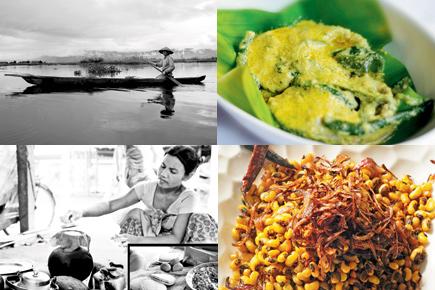
Food
The book The Seven Sisters — Kitchen Tales from the North East was born when the authors, Purabi Shridhar and Sanghita Singh, were at an event in Delhi, where European cuisine was served. The manager claimed that India didn’t have ‘such wholesome, tasty and healthy cuisine’. Spurred by that incident and with an intent to dispel misconceptions about North Eastern food, Shridhar and Singh (both journalists) decided to write a book that would transport readers to the North Eastern kitchen via recipes from locals, anecdotes and socio-cultural facts.
ADVERTISEMENT
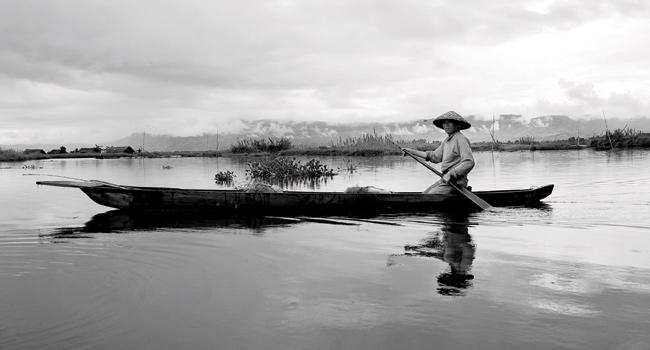
Loktak Lake, Moriang, Manipur. pic courtesy/ The Seven Sisters — Kitchen Tales from the North East
What’s cooking?
In all, there are 53 recipes in the book (six from Arunachal Pradesh, nine from Assam, eight from Manipur, nine from Meghalaya, six from Mizoram, nine from Nagaland and six from Tripura). There are separate sections titled Something Spicy, that incorporate recipes for pickles, chutneys and relishes, while Something Sweet lists popular sweet dishes.

Ujjayanta Palace at Tripura
It took the duo over a year and a half to put the book together. While Shridhar hails from Shillong in Meghalaya, Singh is from Bihar (her mother hails from West Bengal and grandmother from Orissa).
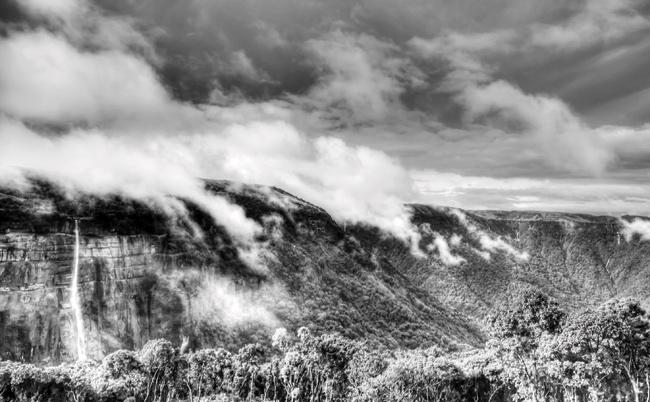
“The toughest task was to reach out to people in all the seven states, explain the concept, source recipes and stories. Organising food shoots was a hurdle as was ferreting out alternatives to herbs and ingredients predominantly native to the North East,” admits Shridhar.
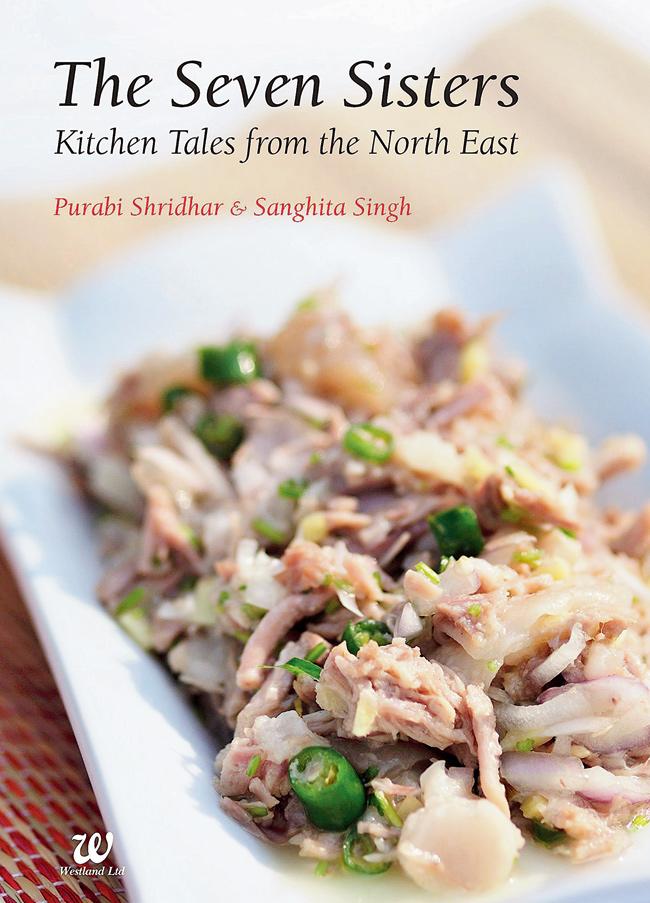
The Seven Sisters - Kitchen Tales from the North East, Purabi Shridhar and Sanghita Singh, Westland, Rs 495. Available at leading bookstores.
Singh adds that they had to ensure a fair representation of all seven states and their people: “The idea was also to bring recipes from a cross-section of people in various age groups, sects and ethnic identities. We have tried to bring as much variety as we could, but the North East is diverse and has so many tribal representations that it was tough to choose from.”
The book also features recipes from North Easterners who live outside the region, for a contemporary take on traditional recipes. “We sourced recipes from a housewife in Calgary, a student in New York, and a fashion designer in Delhi, among others,” adds Singh.
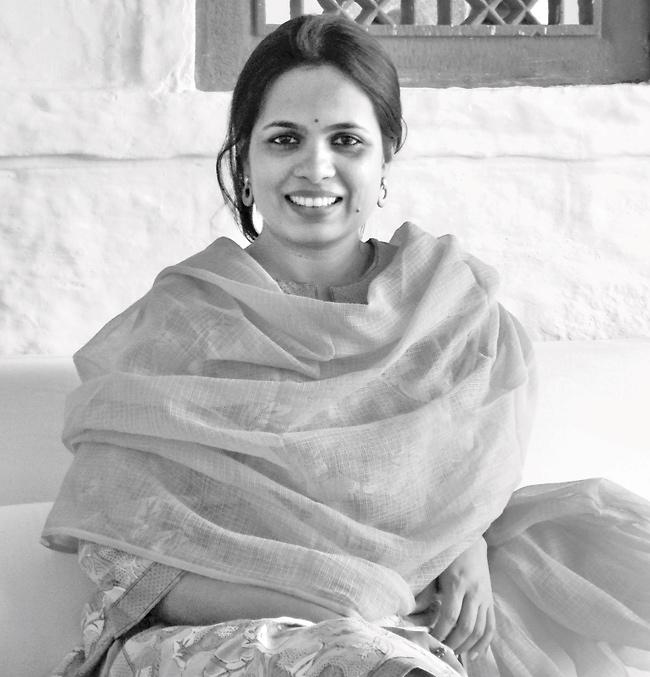
Sanghita Singh
Spread the aroma
With an increase in culinary pop-ups and cultural festivals centered on the North Eastern region, the duo is optimistic of the regional cuisine becoming more accessible and popular. “To some extent, there is a greater awareness as we found out at the last North East Festival in New Delhi.

Purabi Shridhar
There were plenty of takers for the cuisine and the diners were a majority of non-North Easteners. In the popular category, Naga cuisine was tops of the pops, especially the Smoked Roast Pork Ribs and Raja Mirchi!” informs Shridhar. Singh adds that since the book was published, many have approached them to organise food festivals and hold talks. “Suddenly, there’s a buzz about the region, which wasn’t there earlier. It’s a great step in the direction of knowing more about a beautiful part of our country, which has not been explored widely. Few know aspects such as the fact that Rabindranath Tagore was patronised by the Maharaja of Tripura or that Arunachal Pradesh was actually a name given to the state by former PM Indira Gandhi,” reminds Singh, while signing off.
What's cooking in this pot?
“It is very natural and seasonal. There are no attempts at being clever; you take what is locally available and turn them into simple and tasty meals. There is no overabundant use of oils and spices. In some states, like Mizoram and to some extent Nagaland, the use of oil is almost non-existent as also that of salt. Also they preserve what they can,” explains Purabi Shridhar.
On the other hand, Singh stresses that states like Assam, Manipur and Tripura do use mustard oil and spices: “Most tribals enjoy pork made in different ways. But there are unique aspects to each region. For example, the Mithun (an animal akin to the wild buffalo) is a delicacy enjoyed by Arunachalis. There are some similarities as well. For instance, the Khar of Assam appears as Pila in Arunachal Pradesh. The flavours are subtle and enhanced with the use of chillies – of which the killer Raja Mirchi of Nagaland is the essential ingredient most people swear by!”
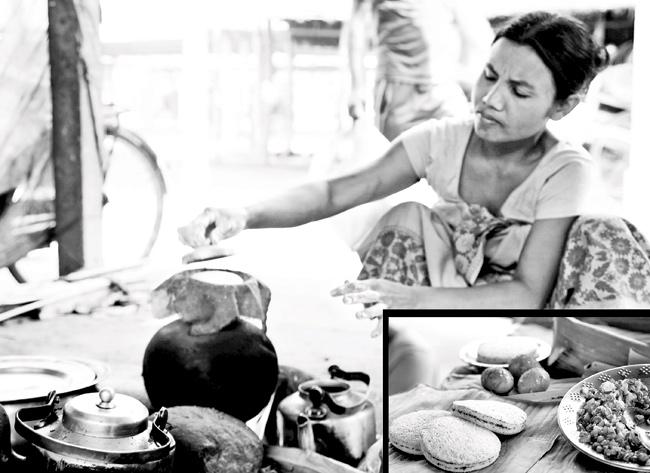
A Bodo woman making a traditional bodo pitha made with ground rice, sesame seeds, or ground coconut and sugar
Ujjayanta Palace at Tripura
Myths and facts
>> Dogs do not feature regularly in the menu of every North Eastern state. The cuisine and the ingredients used are not extraordinarily exotic.
>> They do feature more non-vegetarian fare, especially in the tribal states, but most of them are the regular meat/fish preparations consumed elsewhere in the country too.
>> There are also certain unusual ingredients used like the Mithun (a kind of wild buffalo) in Arunachal Pradesh.
>> There are some foods that many will find a total surprise in a NE kitchen. For example, you find the ubiquitous Khichdi and Aloo Badi in Manipur, which are known as Khechdi and Bodi Thongba locally.
>> Though North Eastern food is not too high on sweets and desserts, paan is common to all the NE states and is enjoyed after meals.
 Subscribe today by clicking the link and stay updated with the latest news!" Click here!
Subscribe today by clicking the link and stay updated with the latest news!" Click here!







